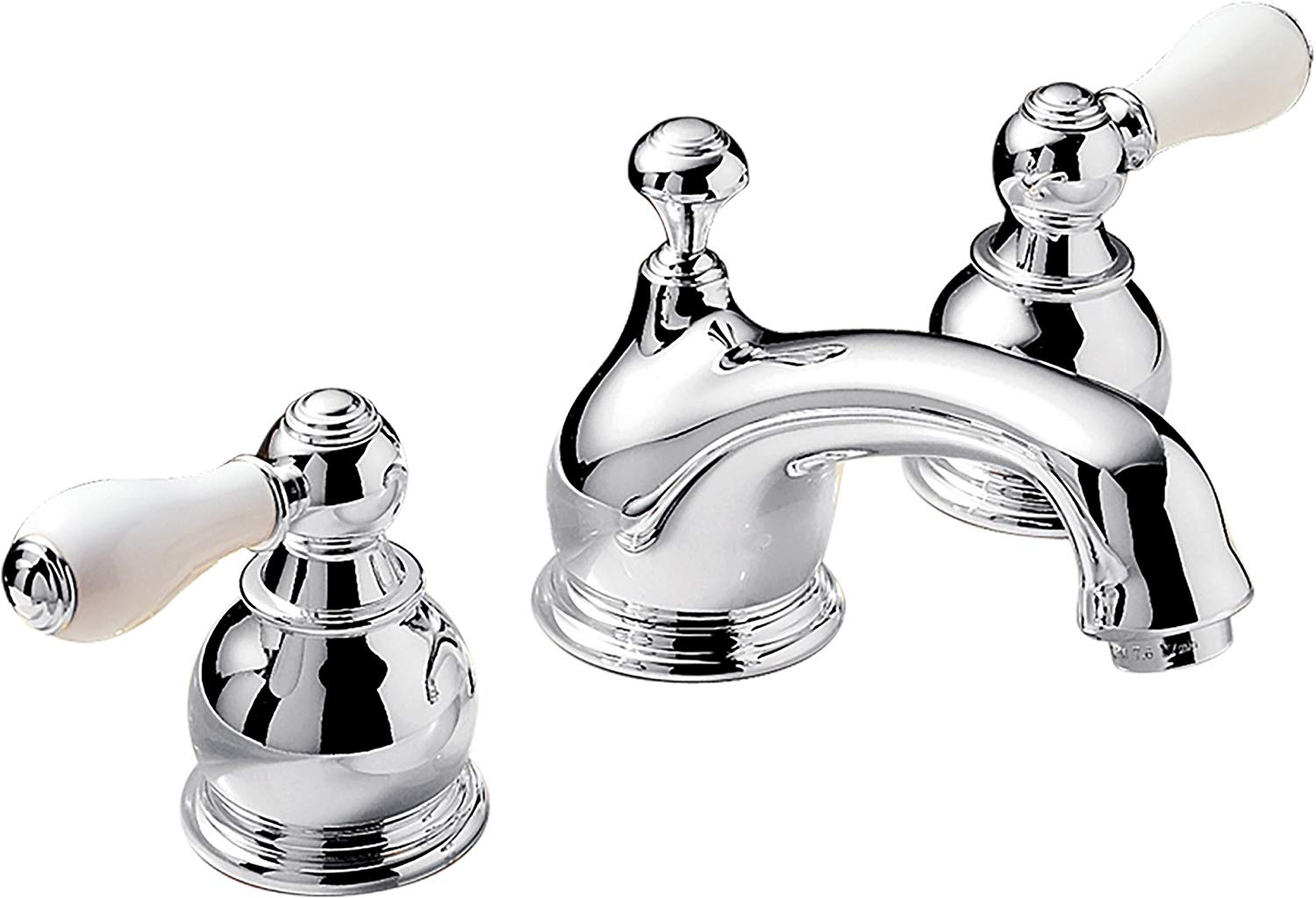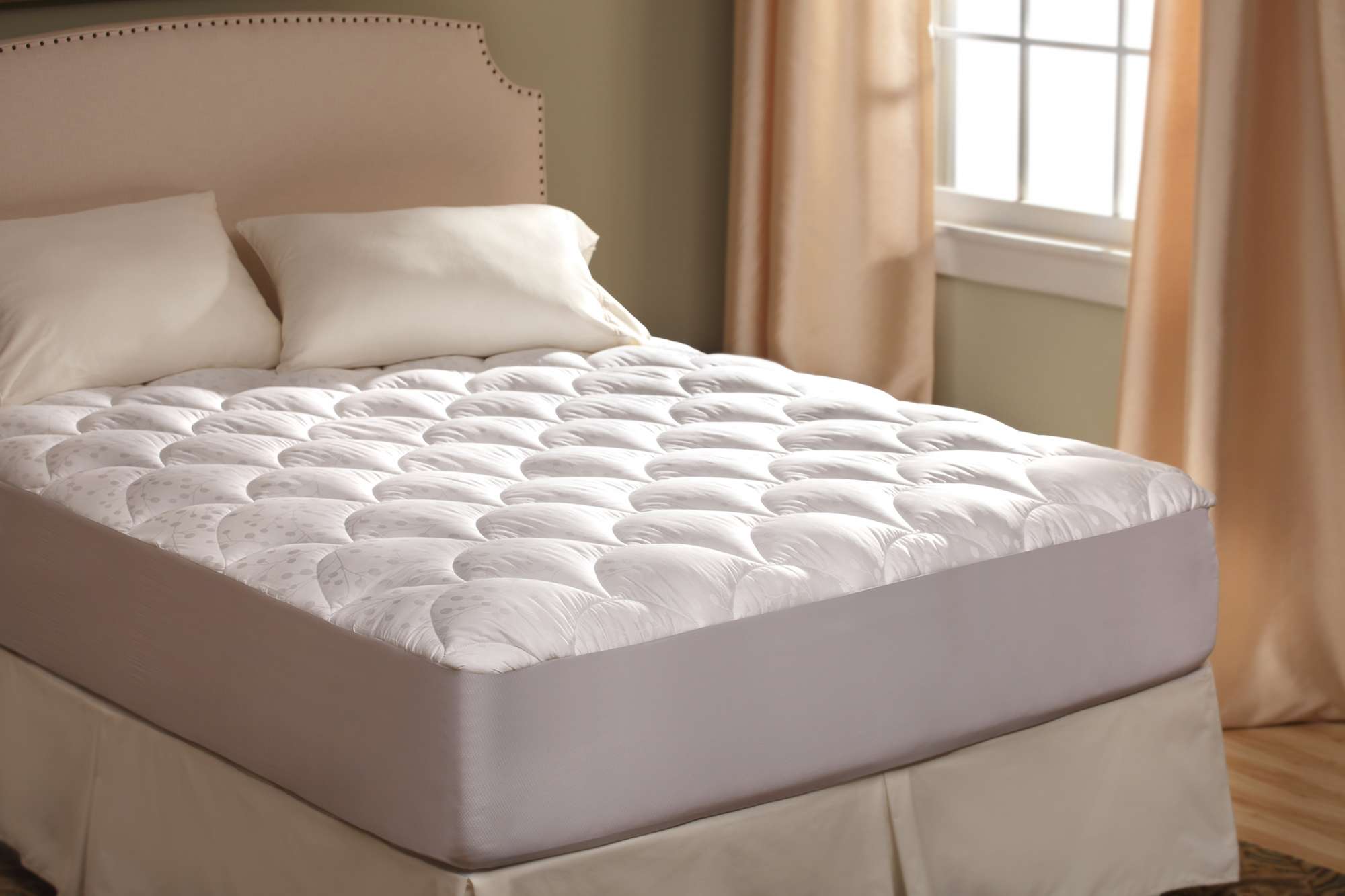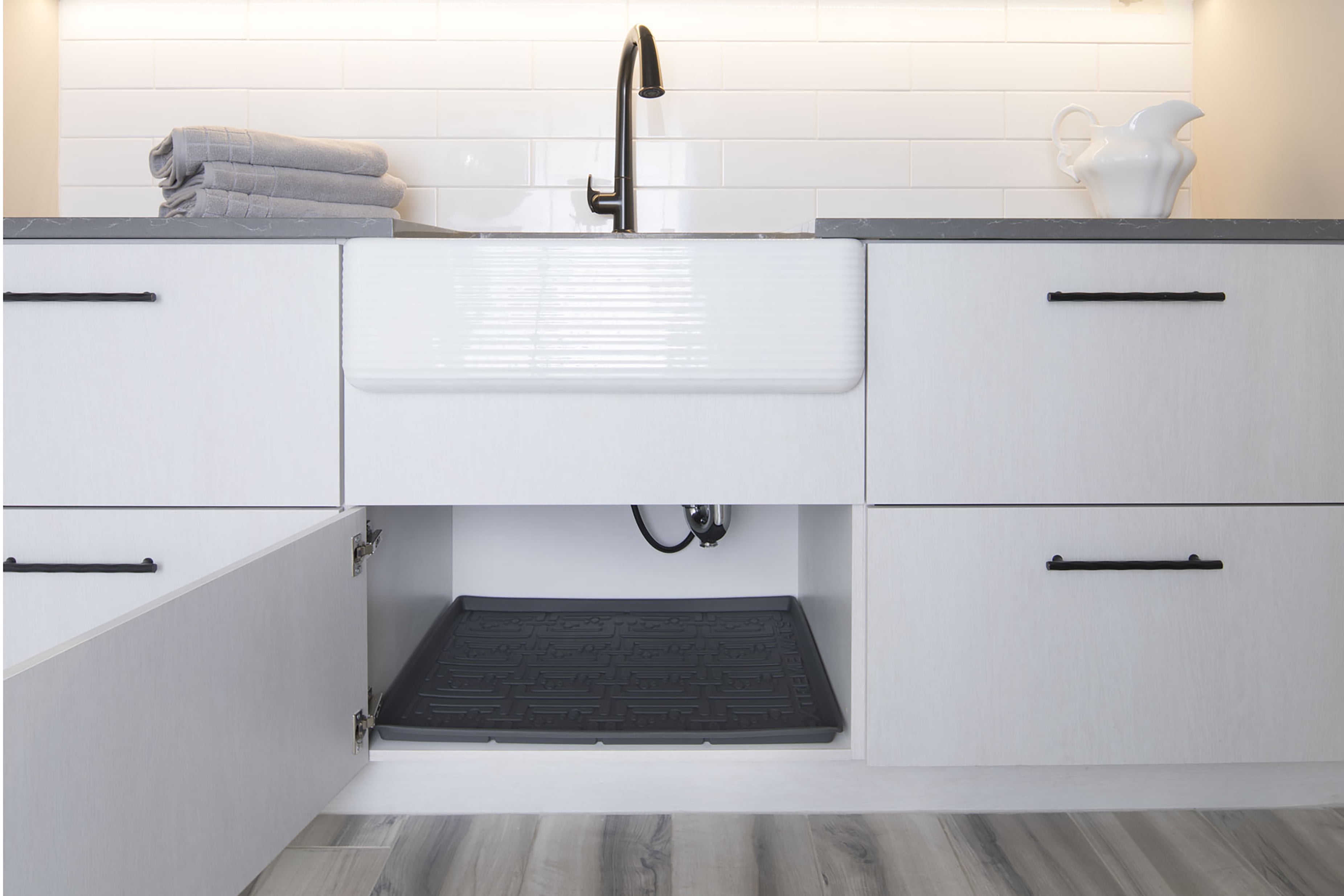The Italian Renaissance Mansion house design takes inspiration from the grand historical palaces of Italy. This luxurious house design is typically large and architecturally impressive. It is often built with energy efficient features that make it the ideal choice for those looking for a grand estate style. The building’s structure can be quite elaborate – characterized by sweeping staircases, expansive hallways, and detailed architectural features. Rooms tend to be quite large with intricately designed ceilings. Some modern Italian Renaissance Mansions incorporate modern touches. For instance, we have seen homeowners use glass walls, contemporary fixtures, and modern art pieces. The idea is to combine both old-world elegance with modern amenities. Though large in size, Italian Renaissance Mansions are often still cozy and inviting. Overall, it is an unforgettable style that stands the test of time. Italian Renaissance Mansion House Design
The Italian Renaissance Villa house design is all about elegance and style – much like the Villa style. Taking cues from the Tuscan region of Italy, these houses are typically designed with an open floor plan giving a sense of airiness and space. Large windows provide ample natural light while traditional architectural elements such as columns, beams, and arches give the structure a timeless feel. Outside, the landscape is often full of lush gardens and outdoor features, such as a swimming pool or a terrace. Inside, the Italian Renaissance Villa is divided into two areas – the living space and the sleeping quarters. Interior details include open wood beamed ceilings, marble and stone walls, decorative fireplaces, and rich contemporary wood flooring. As far as furnishings go, large sofas, armchairs, and cabinets fill the room, giving it a luxurious look. Overall, the Italian Renaissance Villa house style is full of grandeur and sophistication.Italian Renaissance Villa House Design
The Italian Renaissance Palladian house design is inspired by the architectural movement of the 16th century. This style incorporates Palladian elements – such as traditional manufacturing techniques, symmetry, proportion, and decoration – to create a look that is both elegant and stylish. This type of house design is typically a larger home, often with two or three stories, and rectangular in shape. The Palladian house design is most recognizable for its large arched windows, intricate columns and archways, and tiled terrace. Inside, this house style is both spacious and ornate. Large open rooms, intricate details such as ornate wooden staircases and carved ceilings, as well as dark wood accents throughout create an atmosphere of opulence. The Italian Renaissance Palladian house design is both grand and romantic, making it an ideal style for those looking to impress.Italian Renaissance Palladian House Design
The Italian Renaissance Townhouse house design is a popular option among city dwellers. These houses are typically built in rows, several stories high, and often have an open floor plan ideal for entertaining. The design is recognizable for its rectangular shapes and symmetrical windows, as well as balcony details such as wrought iron balustrades. The exterior is typically more modest than other Renaissance house designs, but bold colors like deep hues of blue and red often stand out. Inside the Italian Renaissance Townhouse house design are plenty of rooms, often lined with wooden floors and wooden beams. Common design features include ornately carved doors, large fireplaces, cast-iron radiators, and built in furniture. These houses often have high ceilings which provide a sense of grandeur. Though smaller in size, these houses are just as majestic as other Italian Renaissance house designs. Italian Renaissance Townhouse House Design
The Italian Renaissance Stone house design is all about heavy fixtures and large stone walls. This style utilizes rustic natural materials such as river stone, terracotta, brick, and stucco. Exteriors are typically constructed with thick stone walls that provide privacy and the illusion of security. These homes are often two or three stories, with balconies and terraces which open up onto spectacular views. Inside, the Italian Renaissance Stone house design incorporates intricate stonework and woodwork details such as wooden staircases, stone fireplaces, and stone archways. Decorative details such as wrought iron fixtures, stained glass windows, and wooden doors also complete the look. Furthermore, modern touches such as energy-efficient lighting fixtures or contemporary furniture can also add a unique touch. Overall, this house style provides an exquisite home-like atmosphere.Italian Renaissance Stone House Design
The Italian Renaissance Window house design incorporates large windows that let in an abundance of natural light. This style is often available in two-story homes, and has a formal design based on symmetry. The exterior features traditional elements such as stone walls, archways, columns, and of course, large windows that let in much-needed daylight. Inside, this house style incorporates large open rooms, wood beamed ceilings, and rooms with arching walls and decorative fireplaces. Many high-quality furniture pieces such as sofas, armchairs, and bookcases help to complete the formal atmosphere. Interior design often incorporates colorful accents like richly colored wallpapers or curtains. Large stained glass windows provide an extra level of sophistication. Overall, the Italian Renaissance Window house design offers a unique look that stands out from the crowd. Italian Renaissance Window House Design
The Italian Renaissance Courtyard house design is the perfect way to bring an old-world charm and style to any home. This house style is recognizable for its large central courtyard that has potential to become a unique outdoor living space. It is often surrounded by high walls which provide extra privacy and security. Brick and stone are common materials used for the exterior, as well as accent features such as wrought iron balconies and terraces. Inside, the home features a series of interconnected rooms that open up onto the central courtyard. Other design details may include decorative tile floors, timber beams, and detailed fireplaces. Many homes in the Italian Renaissance Courtyard house style also incorporate outdoor features such as a swimming pool, fountain, or terrace. The result is an astonishing environment that will be enjoyed for years to come.Italian Renaissance Courtyard House Design
The Italian Renaissance Hideaway house design is the perfect choice for those looking for a cozy and intimate home. This style of house is usually quite small and often has a rustic charm. Exteriors typically include stone walls, a low pitched roof, and a variety of decorative elements such as wrought iron balconies and shutters. Inside, the Italian Renaissance Hideaway house design incorporates stone fireplaces, wooden beams, and tiled floors. Other design elements may include French-style iron doors, ornate ceilings, and wooden shutters. This house style typically features an open floor plan, making the home feel both spacious and inviting. Smaller rooms such as guest rooms, pantry rooms, and reading nooks create a feeling of intimacy. Overall, this house design is perfect for those looking for a small, cozy home. Italian Renaissance Hideaway House Design
The Italian Renaissance Column house design is not only elegant and stylish, but also quite impressive. These homes feature grand exterior columns and typically boast at least two stories. Exterior walls are often constructed of brick and stucco, and whimsical wrought iron balconies and terraces often add to the façade. Inside, the Italian Renaissance Column house design is spacious and comfortable. High ceilings and wood beamed details call back to the style’s origins. The look is quite formal and intimate, with large furniture pieces and an abundance of decorative pieces. Elegant archways, fireplaces, and intricate stone floors complete the atmosphere. Large windows often let in plenty of daylight to create that majestic feeling. Overall, the Italian Renaissance Column house design is quite grand in stature.Italian Renaissance Column House Design
The Italian Renaissance Porch house design is all about outdoor living. These houses are typically quite large, though they may be one or two stories in height. Exteriors are usually characterized by brick or stucco walls and a variety of traditional outdoor features such as wrought iron balconies and porches. Large windows let in plenty of daylight, while outdoor features such as terraces and gardens create a lush environment. The interior of the Italian Renaissance Porch house design also focuses on outdoor living. Large open rooms with high ceilings often open up to outdoor features such as a pool, terrace, or patio. This social atmosphere lends itself to both casual and formal gatherings. Inside, details such as ornate furnishings, hardwood floors, and decorative lighting fixtures all add to the luxurious and inviting atmosphere. Overall, this house style is both grand and inviting.Italian Renaissance Porch House Design
Architectural Design Elements of Italian Renaissance House Design
 The Italian Renaissance house design re-invented the use of classical architectural elements from ancient Greece and Rome into a distinctive new style. The exteriors of these designs feature symmetrical, regularized shapes that perfectly combine simplicity and balance. Their repetitive patterns of motifs were designed to both captivate viewers and to convey a sense of grandeur and elegance. One of the primary architectural elements incorporated in Italian Renaissance house design is the use of
pediments
. Pediments are triangular gables that adorn a structure’s upper façade and typically feature a strong central motif or piece of artwork. Additionally, the use of
columns
often surrounded the main façade of Renaissance buildings. These columns also acted as support for the pediments, whereas slim columns were used to separate windows or to compartmentalize the façade.
Renaissance architects utilized the use of
balconies
to draw attention to the main façade of the house. Influenced by the upper-story terraces of Venice, these balconies were often placed directly above the main entrance, serving as focal points for visitors.To create the look of grandeur, the most lavish homes during the Renaissance period included grand
staircases
that would arrive directly in the entrance of the house and treat viewers with a sense of splendor. Coupled with impressive tall ceilings and ornate furniture, it is clear how Renaissance architectural design elements have had long-lasting effects on the history of Italian home design.
Aside from architectural elements, Italian Renaissance houses often featured large windows and doors. The bigger windows offered more natural light and views of the Mediterranean sea. Doors were often framed with stylized arches, motifs and pediments, making them an attractive feature of Renaissance house designs.
The Italian Renaissance house design re-invented the use of classical architectural elements from ancient Greece and Rome into a distinctive new style. The exteriors of these designs feature symmetrical, regularized shapes that perfectly combine simplicity and balance. Their repetitive patterns of motifs were designed to both captivate viewers and to convey a sense of grandeur and elegance. One of the primary architectural elements incorporated in Italian Renaissance house design is the use of
pediments
. Pediments are triangular gables that adorn a structure’s upper façade and typically feature a strong central motif or piece of artwork. Additionally, the use of
columns
often surrounded the main façade of Renaissance buildings. These columns also acted as support for the pediments, whereas slim columns were used to separate windows or to compartmentalize the façade.
Renaissance architects utilized the use of
balconies
to draw attention to the main façade of the house. Influenced by the upper-story terraces of Venice, these balconies were often placed directly above the main entrance, serving as focal points for visitors.To create the look of grandeur, the most lavish homes during the Renaissance period included grand
staircases
that would arrive directly in the entrance of the house and treat viewers with a sense of splendor. Coupled with impressive tall ceilings and ornate furniture, it is clear how Renaissance architectural design elements have had long-lasting effects on the history of Italian home design.
Aside from architectural elements, Italian Renaissance houses often featured large windows and doors. The bigger windows offered more natural light and views of the Mediterranean sea. Doors were often framed with stylized arches, motifs and pediments, making them an attractive feature of Renaissance house designs.
Bringing the Mediterranean Style to Modern Life
 Today, Italian Renaissance house design still influences contemporary styles of architecture and interior design. The mix of old and new, classic and modern, makes for a perfect balance in today’s Italian home designs. Despite being centuries old, the classical architectural elements and decorative motifs of Italian Renaissance house design still remain timeless and captivating.
Today, Italian Renaissance house design still influences contemporary styles of architecture and interior design. The mix of old and new, classic and modern, makes for a perfect balance in today’s Italian home designs. Despite being centuries old, the classical architectural elements and decorative motifs of Italian Renaissance house design still remain timeless and captivating.










































































